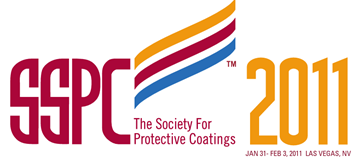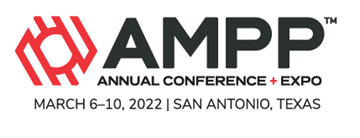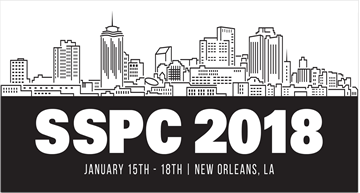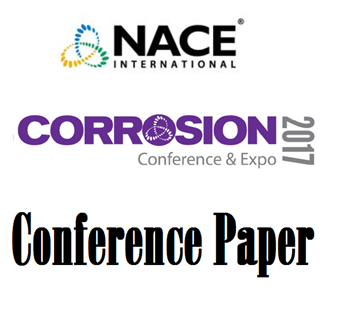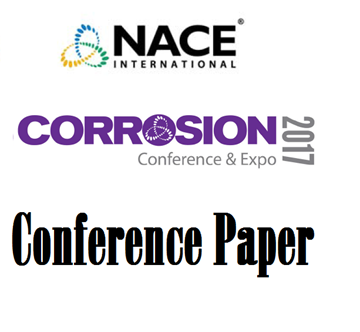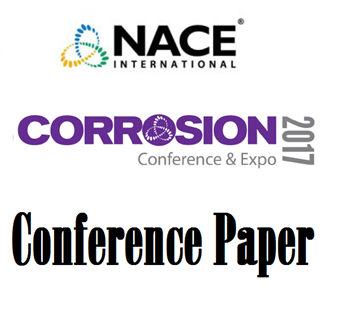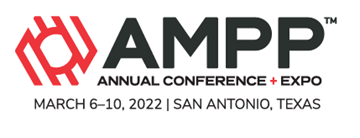Search
Individual Conference Papers
View as
Sort by
Display
per page
Retention of Pr-Construction Primers During Shipbuilding
Product Number:
41211-586-SG
Publication Date:
2011
$20.00
Rethinking Sulfide Stress Cracking (SSC) Resistance Super Martensitic Stainless Steel (SMSS-13Cr) Bar Stock With 95 Ksi MY
Product Number:
51322-17614-SG
Publication Date:
2022
$20.00
Retro Tank Rehab One City’s Riveting Tale
Product Number:
51218-097-SG
Publication Date:
2018
$20.00
Retrofit and Management of Water Pipelines with Cathodic Protection: Case Studies
Product Number:
51317--9089-SG
ISBN:
9089 2017 CP
Publication Date:
2017
$20.00
Retrofit Strategy Using Aluminium Anodes for the Internal Sections of Windturbine Monopiles
Product Number:
51317--8955-SG
ISBN:
8955 2017 CP
Publication Date:
2017
$20.00
Review and Recommendations on PWHT Exemptions for 2014 Edition of ASME B31.3
Product Number:
51320-14543-SG
Publication Date:
2020
$20.00
Review of 20-Year Old Polyurethane Application in Coal-Fired Power Plant
Product Number:
41208-421-SG
Publication Date:
2008
$20.00
Review of a Refinery Boiler Tube Failure
Product Number:
51323-19067-SG
Publication Date:
2023
$20.00
Review of Benefits and Limitations of Ex-Situ Corrosion Tests for Bipolar Plates in Energy Conversion Devices
Product Number:
51323-19553-SG
Publication Date:
2023
$20.00
Review of Cathodic Protection Systems for Concrete Structures in Australia
Product Number:
51317--9024-SG
ISBN:
9024 2017 CP
Publication Date:
2017
$20.00
Review Of Coating Current Test Methods For Simulating CUI Conditions And Introduction Of A New, Small Scale, Accelerated Test Method
Product Number:
51322-18173-SG
Publication Date:
2022
$20.00
Review of Key Factors Related to Sour Service Material Selection for HPHT Oil & Gas Production A
Product Number:
51319-13400-SG
Publication Date:
2019
$20.00

